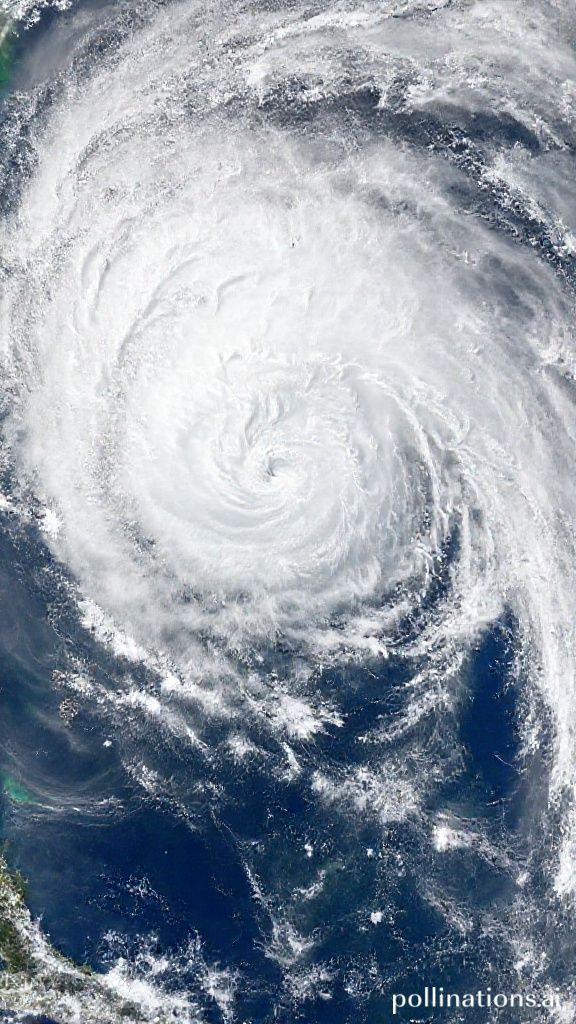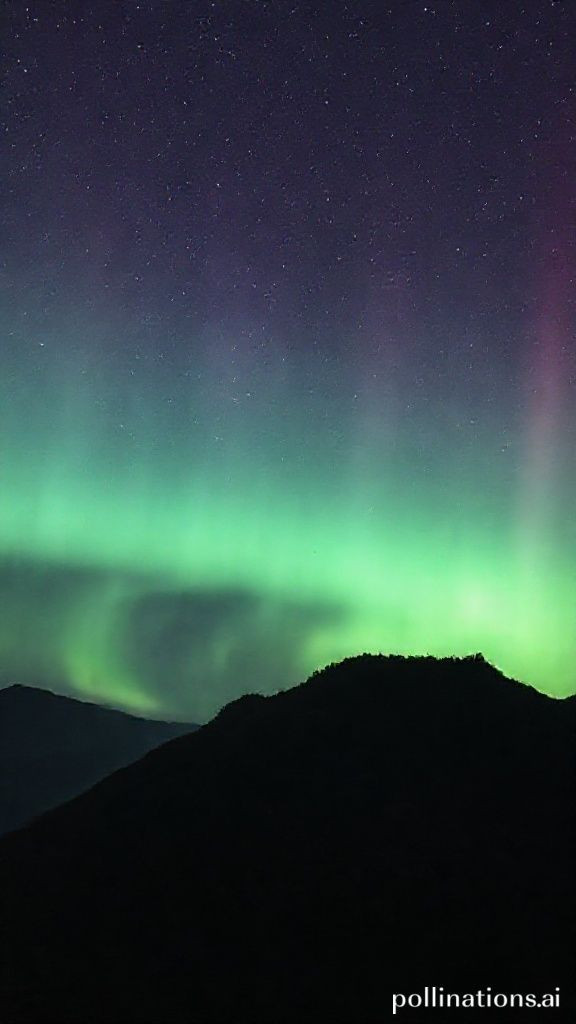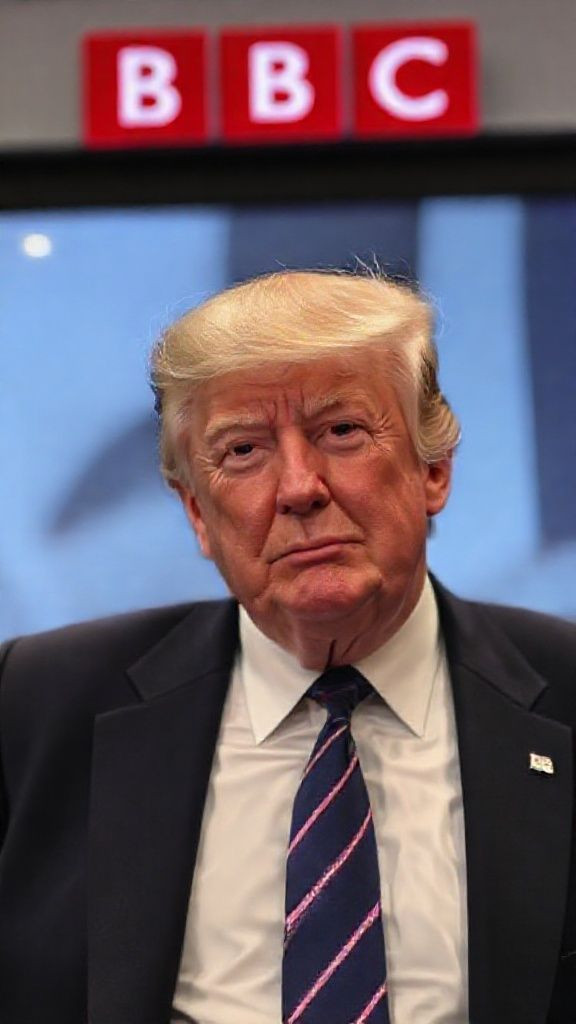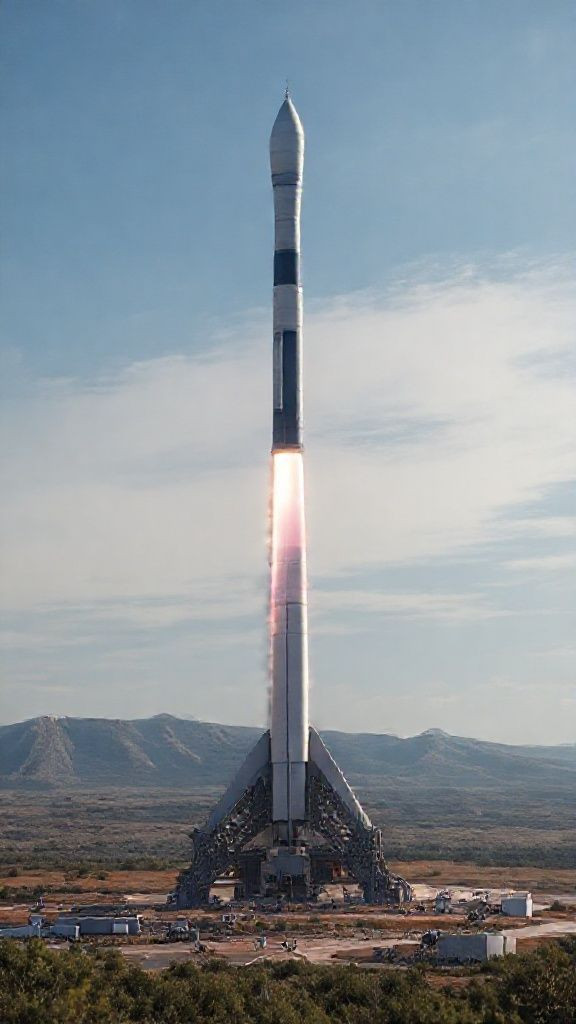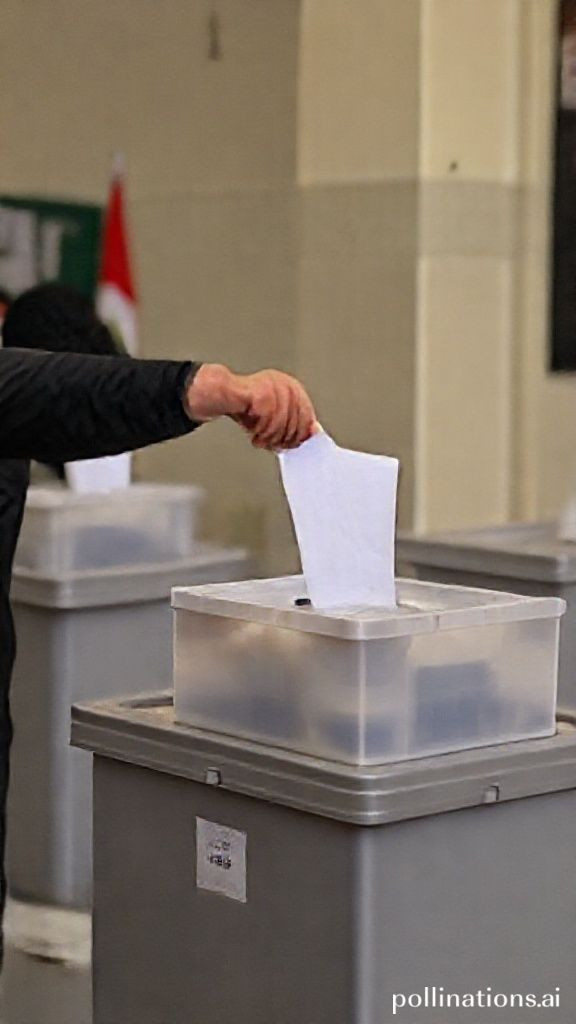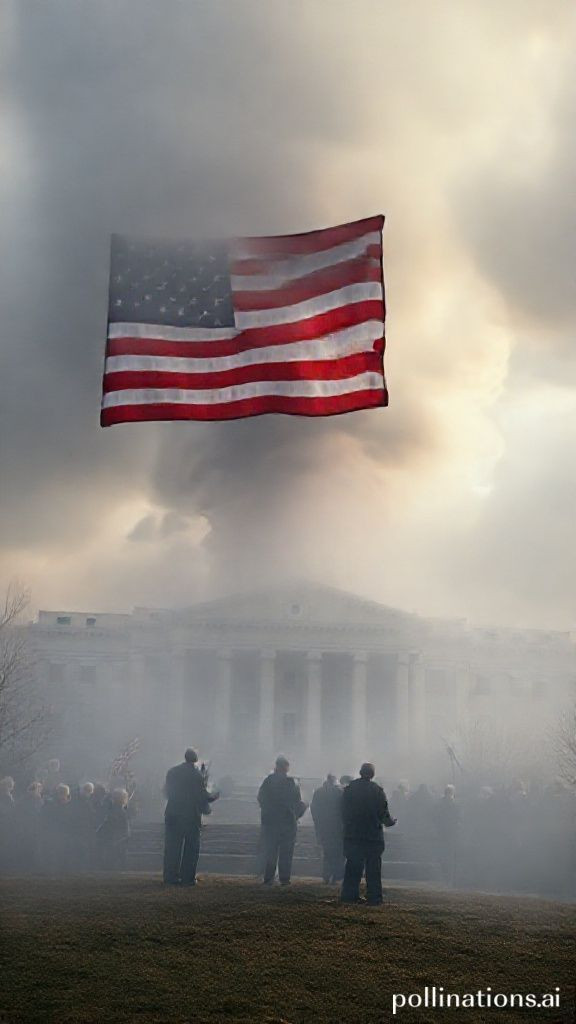
What Makes Hawaii the Rainbow Capital of the World?
What Makes Hawaii the Rainbow Capital of the World?
What Makes Hawaii the Rainbow Capital of the World?
As the winter rainy season sets in on the Hawaiian islands, the chances of spotting a rainbow increase. And with good reason – Hawaii's unique combination of sunshine, short rain showers, and clean air creates some of the planet's best conditions for viewing these vibrant natural wonders. In fact, a University of Hawaii professor has dubbed the state the rainbow capital of the world.
Rainbows have become an integral part of island life in Hawaii. They appear frequently enough that they've been incorporated into everything from building designs to vehicle license plates. The University of Hawaii's sports teams are even named after these colorful displays.
For me, rainbows symbolize hope and new beginnings, says Liane Usher, president of the Children's Discovery Center in Honolulu. I can't help but smile whenever I see a rainbow after the rain.
Where to Find Rainbows in Hawaii
Rainbows form when sunlight passes through raindrops, refracting into a spectrum of colors. The brighter the sun, the clearer the rainbow. To spot one, look for sunshine and rain at the same time – the rainbow will appear opposite the sun. They tend to be larger and higher in the sky during early morning and late afternoon, when the sun is lower on the horizon.
Rainbows in Native Hawaiian Culture
In traditional Native Hawaiian culture, rainbows are considered a symbol of divine or supernatural power. According to Sam 'Ohu Gon III, senior scientist and cultural adviser at The Nature Conservancy in Hawaii, rainbows represent Kāne, one of the four main gods in Hawaiian tradition. In this culture, the closer you get to a rainbow, the more likely you are to encounter a supernatural force or an extremely powerful or chiefly person.
Rainbow Imagery in Modern Island Life
Rainbow imagery has become ubiquitous in Hawaii, decorating everything from buildings and restaurant facades to athletic uniforms. The University of Hawaii's men's athletic teams are called the Rainbow Warriors, while the women's teams are known as the Rainbow Wahine – using the Hawaiian word for women. Locals affectionately refer to them as The 'Bows.
Will Climate Change Affect Rainbows?
Professor Kimberly Carlson, now an environmental studies professor at New York University, has studied the impact of climate change on rainbows. Her team's analysis predicts that by 2100, places like Brazil and parts of Central Africa will see fewer rainbows. However, they also found that areas currently experiencing heavy snowfall but transitioning to more rainfall will likely see an increase in rainbows – Alaska falls into this category.
While scientists believe rainbows will continue to be plentiful in Hawaii, they do predict longer dry spells might lead to fewer rainbows on the arid, leeward sides of the islands. Maui and the Big Island may be particularly affected, with drier conditions potentially reducing the frequency of these colorful displays.
The experience of glimpsing a rainbow is truly unique, says atmospheric sciences professor Stephen Businger. Rainbows are a cultural touchstone for us. They cause us to stand still and forget about the past and future. We're really in the moment when we see a spectacular rainbow – that's a rare experience in our busy lives.
